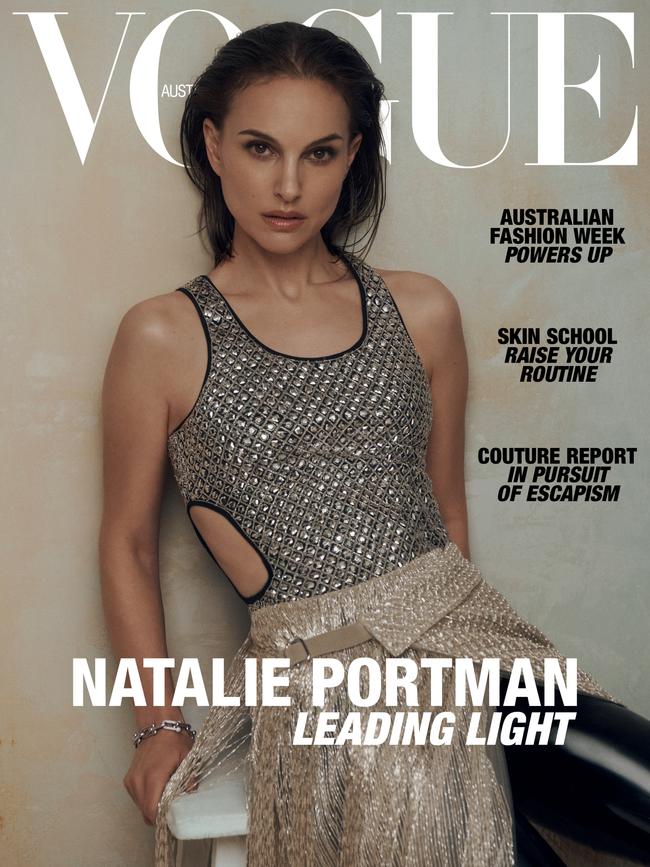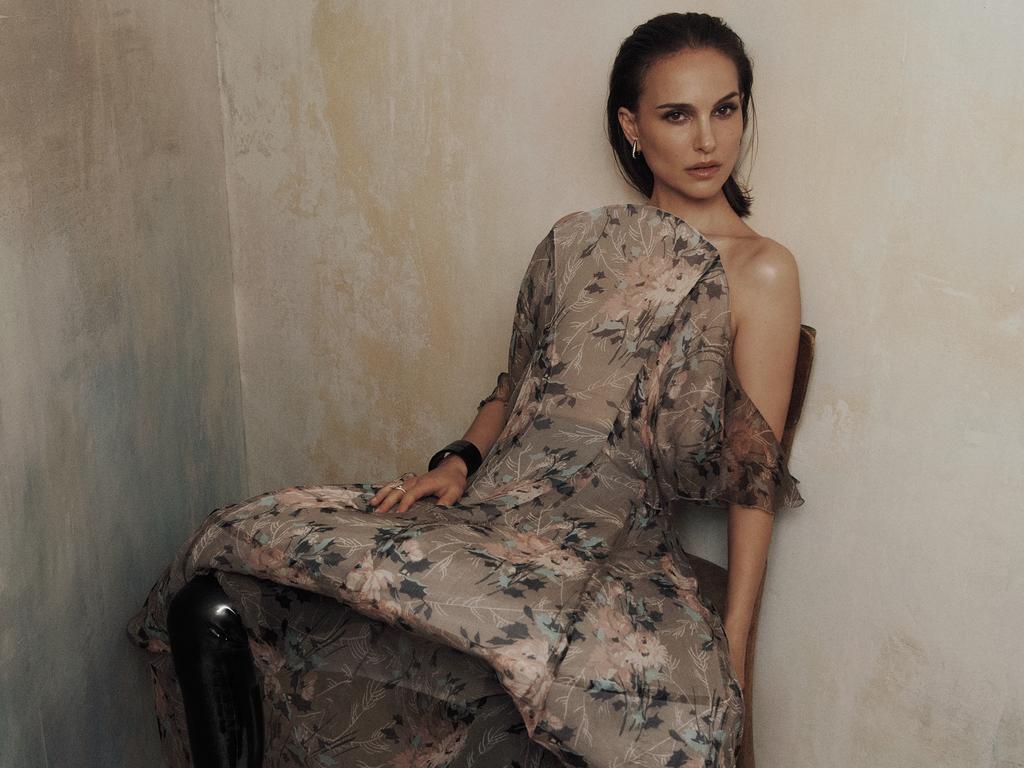A guide to choosing the perfect heirloom watch
Buying an investment timepiece is as much about aspiration as it is personal taste. Here’s what to look out for.

Perhaps the most famous watch advertisement tagline of all is from Patek Philippe, which declared: “You never actually own a Patek Philippe, you merely look after it for the next generation.” It’s a potent and weighty message. But what if future generations don’t like your taste? Or, as I ponder a rather serious watch purchase for a rather serious birthday this month, what if I don’t like my own? Finding a future heirloom is a daunting task.
It’s hardly possible to know what might be a classic anyway. Tastes change. Look at how smaller watches are back in again, or how, when Hublot paired yellow gold with a utilitarian rubber strap in the 1980s, it was considered a faux pas. Now rubber straps are being combined with precious materials at almost every watch maison. Another watch that didn’t immediately spark praise is the latest Patek Philippe Cubitus, which, following its launch, irked some in the watch community. Now it’s selling like hotcakes. Perhaps it’s worth remembering that throughout history many of the world’s most popular watches were, at first, an acquired taste. Maybe, too, it’s about allowing yourself to change.

Of course, there are some watches that seem as relevant as they ever were. The clean rectangular lines and Roman numerals of the Cartier Tank, debuted in 1918, have seen the model retain its essence across a slew of references. The Jaeger-LeCoultre Reverso’s Art Deco geometric shape also has an enduring appeal, as does the sportily chic stainless-steel watch on an integrated bracelet.
Buying an investment watch, a future classic, also involves grappling with one’s fantasy self. What could this watch signify? Could I channel Jane Birkin, the epitome of youthful energy wearing Seiko watches piled up her arm or projecting a cool nonchalance with her overstuffed Hermès Birkin bag and Cartier Baignoire? Or perhaps Carolyn Bessette-Kennedy, eternal style reference, with her meaningful minimalism and black-leather-strap Cartier Tank? Maybe I’m drawn to the elegance of Catherine Deneuve, another Baignoire wearer, or the chutzpah of Tony Soprano with his yellow gold Rolex Day-Date. Or do I seek the infallible glamour of Elizabeth Taylor, whose Bulgari Serpenti slithered about her wrist?
For Debbie Kok, general manager of watches at Kennedy, a future heirloom means something different to everyone. As she points out, we can buy watches in several ways, including as an investment (rationally) and emotionally (less so). According to Kok, classic is a “complex word” anyway. “There’s a financial investment and an emotional investment, which I think are two different things,” she says.
“Ultimately, if you want something that really lasts the test of time, you want something that’s super simple and has longevity because form follows function,” Kok continues. “That’s what it aims to deliver for essentially the lifetime, and some timepieces live past our lifetime. I feel like in this industry, the same principles apply in terms of design, aesthetic and simplicity, but everyone has a very different emotional approach. Emotional investment is completely different.”
Putting aside the argument of watches being assets, which, of course, they can be, buying any kind of watch is, by some measure, considered irrational.

Recently, business podcast Acquired did a five-hour deep dive into Rolex. It was fascinating. An insight from one of the hosts was that from all they had learned about watches in their research, the fact we don’t need one anymore was clear. We can check the time on any phone or screen in our orbit and it will be more accurate than a watch. Yet a watch also gives us the opportunity to imagine a better version of ourselves, a version we could become.
Emotional investments combine desire and instinct – being drawn to something or someone, sometimes inexplicably. Geoff Hess, global head of watches at auction house Sotheby’s, says he sees “more and more people buying what they love”. Indeed, many of those who work in auction houses, as well as vintage watch dealers, will attest that the best investment is something you will wear and treasure or has sentimental value over any kind of fiscal worth.
Kate Lacey, a London-based watch buyer and valuer, notes that as the watch-collecting market has grown and matured, more categories and choices are now available than ever before, making it easier to find your thing. Her tastes, too, have evolved, along with visions of who she could be and a growing sureness with who she is.
“I’ve always aspired to be one of those minimalist chic people,” she admits. “But I’ve accepted that I’m simply not like that. I’m chaotic and eclectic and busy, and my jewellery and watch choices have always reflected that. I think I’ve accepted that my own personal style choices have changed over time, and I’ve finally figured out what suits me. I used to only ever want steel pieces because they’re hardwearing and often quite gamine in style, but as I’ve got older, I’ve indulged in more dressy pieces. Seventies gold jewellery seems to be my go-to at the moment, and consequently, my watch choices are also quite dressy and often gold. I even wear pendant watch necklaces now and a tiny Cartier Baignoire. I’m just as confident wearing this as I am a beaten-up Rolex Submariner.”

Still, Lacey understands that choice can be overwhelming. Classic timepieces remain so for a reason. “There are plenty of classics out there that have stayed in a brand’s folio for a reason,” she says. “The Cartier Tank and the Rolex Datejust, for example, are almost synonymous with the brands. They’ve remained fairly unchanged over the years because they just work for so many people.”
An obsession with being ‘timeless’ – rather ironic when talking about watches – intersects with the internet’s current fixation with finding personal style. The thing is, it’s mostly only the true originals – the people, the ideas – that actually transcend their own eras.
Back to that looming birthday, and it turns out knowing your own taste gets easier with age. In the end I chose a vintage Rolex Datejust in steel. It feels both reassuring and brimming with potential; a classic I’m drawn to and a symbol of how knowing what you really love is acquired through trial and error. It’s also a reminder of the privilege of getting older. So perhaps the thing to really pass on to the next generation is that knowing all your different selves is an important stepping stone to getting to the one you truly are.
This story is from the May issue of Vogue Australia. On sale now.




To join the conversation, please log in. Don't have an account? Register
Join the conversation, you are commenting as Logout